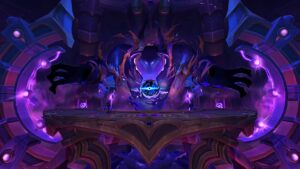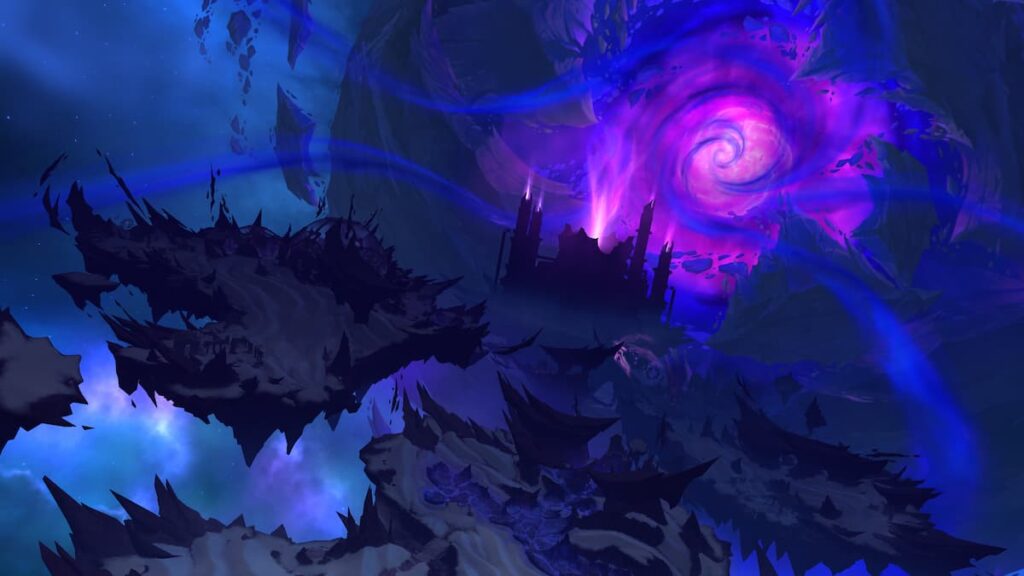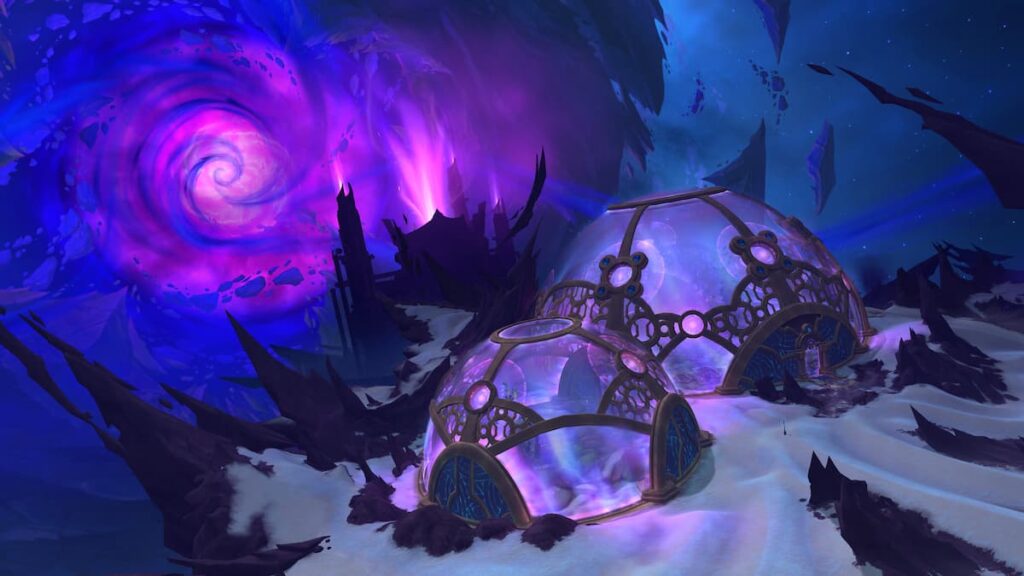WoW Race to World First: Liquid Conquers Dimensius to Defeat Echo and Method
The latest World of Warcraft: Race to World First (RWF) has been and gone, and a tumultuous competition saw Team Liquid edge out Echo and Method to become the first guild to clear Manaforge Omega on Mythic difficulty.
The RWF has seen hundreds upon hundreds of boss pulls as the top 20 guilds across the globe all race to be the first. Currently, Liquid, Echo, and Method have taken the top three spots after being neck-and-neck, with the remaining guilds still racing to rank as highly as they can.

Dimensius the All-Devouring has been defeated by three. Image Credit: Blizzard
Liquid Claims World First
In a tight competition between Liquid and Echo, Liquid was the guild to take the World First position in a pulsating race on the final encounter, Dimensius, with plenty of sub 10% wipes. It was a close call between Liquid, Echo, and Method, but Liquid came out on top yet again, making this the guild’s third and final race victory in The War Within expansion. They managed to kill Dimensius after a whopping 385 pulls, at a group Item Level of 709.59.
Following Liquid’s lead, Echo came in second. While there was some disappointment about not securing first place, the guild put in immense effort and took it to the wire, despite having nine trial members on the roster. While it was a huge risk to take, Echo came agonizingly close to snatching victory, taking down Dimensius after 382 pulls, which included a heart-wrenching wipe with the boss on just 0.3% health.
In third place came Method, defeating Dimensius after 312 pulls. They fought valiantly and strategically in the raid, taking third place with grace and overwhelming joy.
Huoguo Hero Leads the Chasing Pack
Despite the top three being locked in, the remaining 17 guilds are battling it out for fourth place. It seems likely that Huoguo Hero will take fourth place, but other guilds, such as Instant Dollars, JTH, and FSY, all have the potential to steal fourth position.
Outside of the four guilds mentioned above, those who are fighting Dimensius find themselves hard stuck on phase 2, and some of the guilds are still making their way to the end of the raid and fighting some of the earlier bosses.
This has been one of the more intense, nail-biting Race to World Firsts that World of Warcraft has seen in a while. There will always be wipes that are sub-10 %, but it must have been absolute heartbreak for Echo to wipe on 0.3%.
Team Liquid has shown dominance in recent races, and with next year’s release of World of Warcraft: Midnight, the next chapter of the RWF is sure to be just as epic.














